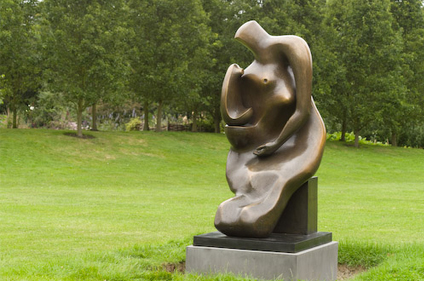Public art, like other kinds, carries the risk of failure - but magnified since its flops, just like its masterpieces, are destined for permanence. For every Michelangelo's David, there are a hundred instantly forgettable relics to civic pride. At the same time, the failed memorial can be rather difficult to forget since, unlike the portable work of art, it cannot be consigned to the discreet obscurity of the storeroom. It becomes, so to speak, a monumental embarrassment.
The travel-writer Peter Fleming, who encountered the civic statuary of Rio de Janeiro while working on his book Brazilian Adventure, has left a memorable description of public art at its most crazily bombastic: ''Victory has got a half- Nelson on Liberty from behind. Liberty is giving away about half a ton, and also carrying weight in the shape of a dying President and a brace of cherubs. (One of the cherubs is doing a cartwheel on the dying President's head, while the other, scarcely less considerate, attempts to pull his trousers off.) Meanwhile an unclothed male figure, probably symbolical, unquestionably winged, and carrying in one hand a model railway, is in the very act of delivering a running kick at two struggling ladies, from whose drapery on the opposite side an eagle is escaping, apparently unnoticed . . . ''
Fleming wrote his book in 1933, when the knotty complex of neoclassicism and state propaganda that he found in Brazil might easily have been transported (with one or two minor adjustments to its symbolism) to Hitler's Germany or Mussolini's Italy. It is one of the traditional functions of public art to justify the political ideologies of those who have commissioned it - and in this century that has meant, more often than not, that it has been called upon to apply a cosmetic...


